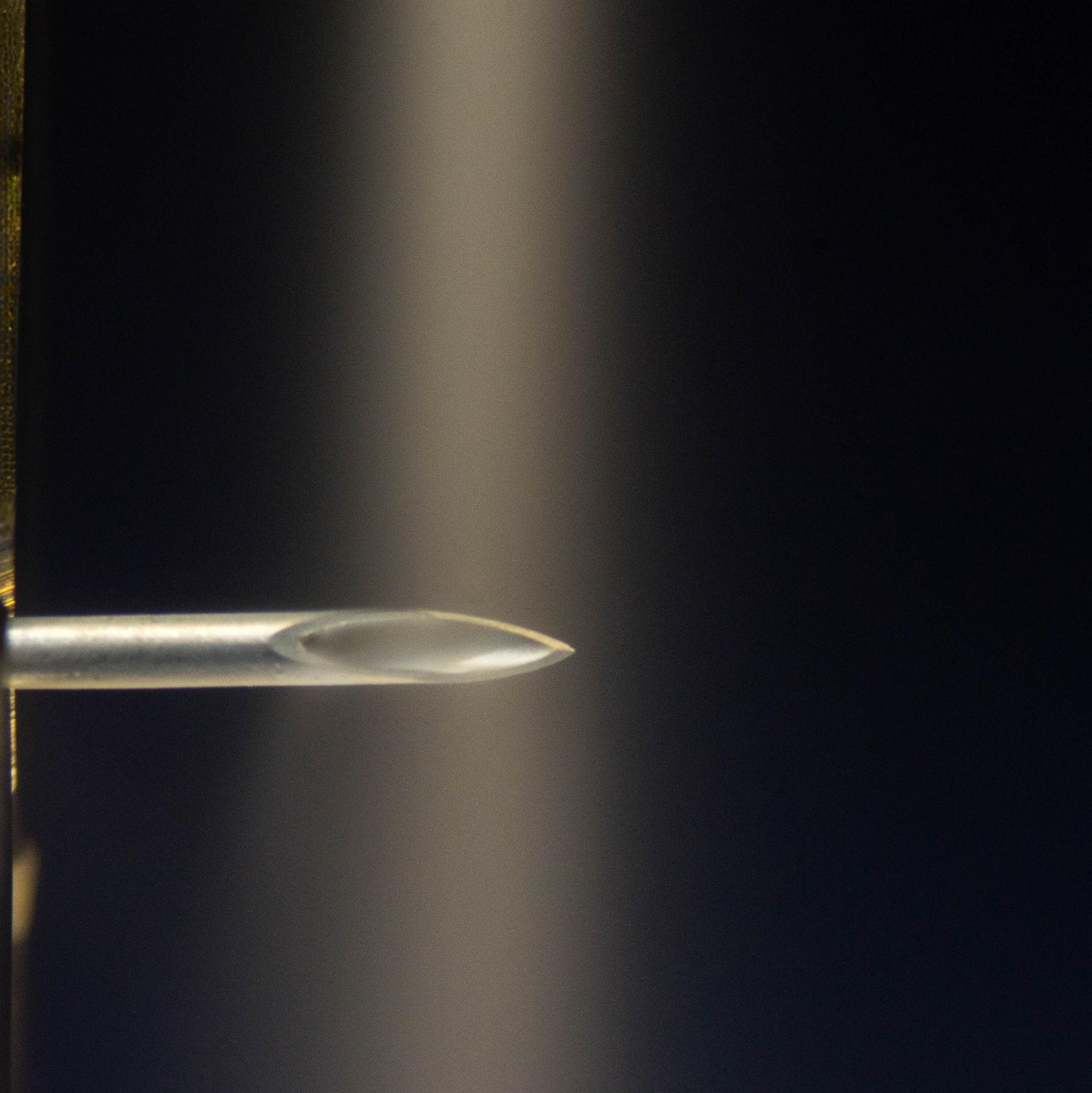 DeburringEXPO, the 5th leading trade fair for deburring technologies and precision surfaces, will showcase new and improved products and services from October 10-12, 2023, at the Karlsruhe Trade Fair Centre Germany. In the medical and pharmaceutical technology industries, where the requirements for surface properties and quality are exceptionally high, deburring and surface treatment play a crucial role. This specialized event will bring together a comprehensive range of solutions to meet the increasingly stringent demands of quality-critical manufacturing processes. In addition to the exhibition, attendees can also benefit from the integrated bilingual specialist forum and various theme parks, which provide valuable insights and knowledge-sharing opportunities.
DeburringEXPO, the 5th leading trade fair for deburring technologies and precision surfaces, will showcase new and improved products and services from October 10-12, 2023, at the Karlsruhe Trade Fair Centre Germany. In the medical and pharmaceutical technology industries, where the requirements for surface properties and quality are exceptionally high, deburring and surface treatment play a crucial role. This specialized event will bring together a comprehensive range of solutions to meet the increasingly stringent demands of quality-critical manufacturing processes. In addition to the exhibition, attendees can also benefit from the integrated bilingual specialist forum and various theme parks, which provide valuable insights and knowledge-sharing opportunities.
Medical technology is consistently working to make endoprosthetic products, instruments, and components for diagnostic and therapeutic devices more patient-oriented, functional, and durable by using new materials and manufacturing technologies, such as additive manufacturing. The properties and nature of the surfaces play an essential role in this. In addition, the European MDR (Medical Device Regulation) makes it necessary to focus intensively on surface treatment as well as the validation and quality management of the corresponding processes. Parts and components, such as containers, agitators, mixers, or tabletting dies, produced for pharmaceutical technology must also meet the highest demands on surface quality. They must be highly precise, smooth as glass, and free from defects so that they can be easily cleaned, cross-contamination by product residue or micro-organisms is avoided, and wear is minimized. In both sectors, it is therefore important to give products a surface that ensures a permanently safe and reliable use. Requirements regarding factors such as traceability, the energy and resource efficiency of the processes, and their integration into an interlinked production must also be met.
Surfaces meeting the requirements for medical and pharmaceutical products
“With its cross-industry and cross-material exhibition spectrum, DeburringEXPO supports companies from the medical technology and pharmaceutical industry in the search for suitable methods,” claims Hartmut Herdin, Managing Director, fairXperts GmbH & Co KG—the private fair organizer. This is confirmed by the fact that many of the participating companies have experience in these industries, and the entire spectrum of technologies, processes, tools, and services for deburring, edge rounding, cleaning, and surface finish will be presented. Among other things, this includes mechanical deburring with tools, vibratory grinding, brush deburring, and blasting with solid and liquid media. For the latter, a new development will be featured, for example, for fully automated and production-integrated deburring and simultaneous cleaning. The processing medium is liquid recycled carbon dioxide, which is compressed in line to form fine granules, which are accelerated and blasted onto the surface to be processed at supersonic speed.
The exhibition will also include various special technologies. For example, ultrasonic deburring allows the removal of burrs on a wide variety of materials to be carried out fully automatically, process-reliably, and in a manner that can be validated in accordance with the regulatory requirements. Flow grinding (pressure flow lapping, abrasive flow machining - AFM) is used for deburring, edge rounding, and polishing complex components. The strengths of the method lie, among others, in the machining of internal areas and surfaces which are difficult to access, for example, in the case of components produced by additive manufacturing.
The ECM (electrochemical metalworking) method can be used to deburr parts made of virtually any metal, such as titanium alloys or hardened materials, and to precisely round their edges. A further development of the process is PECM (precise electrochemical metal working). This technology enables the production of three-dimensional shapes, contours, and structures with very high precision. With it, an imaging accuracy of < 20 μm and a surface quality of Ra < 0.1 μm can be achieved. Regarding the removal of fine burrs and flakes on the outer contours of very delicate, thin-walled work pieces, laser deburring is the perfect answer. This method even allows the edges of holes with a diameter of a few tenths of a millimeter to be machined. In contrast to classic electrochemical polishing, the electro-finish is dry and is performed using special polymer particles. One of the advantages of the method is that a very high level of glossiness is achieved without micro-scratches even in the case of geometrically complex components as well as components produced by additive manufacturing. “The diversity of technologies provides ample opportunities to discuss the strengths and limitations of the various processes with experts directly on site, specifically for the respective application case,” adds Herdin.
Added value knowledge transfer through the bilingual expert forum
In addition to the exhibitor presentations, the framework programme of the DeburringEXPO offers a lot of knowledge and know-how. The theme parks ‘Automated deburring’, ‘Cleaning after deburring’ and ‘Quality assurance in the deburring process’ provide information on current developments for these tasks. The key aspects of the Expert Forum integrated into DeburringEXPO with presentations interpreted simultaneously (German <> English) are fundamentals, ways to optimize processes and costs, reports on best practice applications, and trends, as well as the specific content of the theme parks. Participation is free of charge for visitors to the leading trade fair, as is an edition of the updated and expanded brochure ‘Basic knowledge in deburring technology’ in German and English.
For more information: www.deburring-expo.de